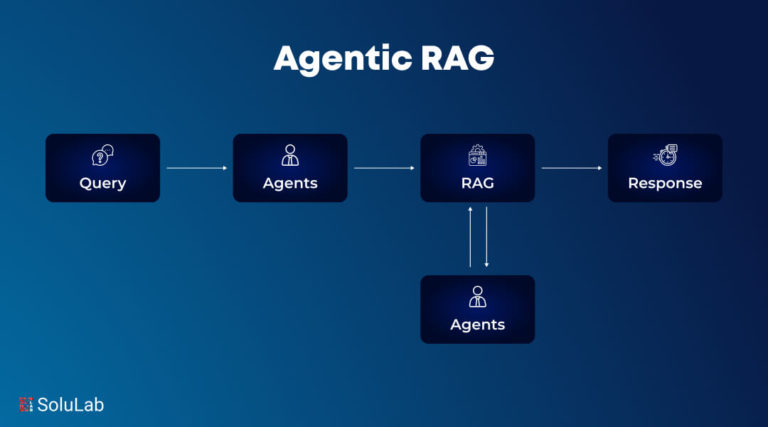Table of Contents
Has there ever been a situation where selling your old vehicle was so easy that there was no need to worry about who would buy it? Thinking about the consideration should be an entire chapter in this case.
Imagine a contract with which the payments and products delivered amongst different people can be effortlessly calculated. The amounts to be paid can be paid and things to offer. All of it can be arranged automatically.
Now, whatever is letting all this happen, that’s your smart contract.
How did smart contracts evolve?
Cryptocurrency transactions are recorded in a decentralised data structure known as a blockchain. Bitcoin and Ethereum, two of the most prominent cryptocurrencies, both offer the ability to encode rules or scripts for transaction processing. This functionality has developed to make smart contracts or full-fledged programmes that operate on blockchains, a reality.
What is a smart contract?
Smart contracts are simple programmes that execute when specific criteria are fulfilled and are recorded on a blockchain. They are usually used to automate the implementation of an agreement so that all parties are instantly assured of the result, without the participation of an intermediary or the waste of time. They may also automate a process by initiating the next step when certain criteria are fulfilled.
Making smart contracts smarter with Solidity
Because Ethereum smart contracts are primarily used in e-commerce applications, we think they are more susceptible to assaults. In these smart contracts, we primarily concentrate on identifying weaknesses that smart contract programmers and users must avoid. This article attempts to describe these seven application-level security vulnerabilities and their previously used preventive techniques. Our primary emphasis is on Solidity upgrades up to and including the most recent Solidity v0.6.0, which address some of these issues.
Reentrancy
A reentrancy attack may deplete the Ether of a smart contract and assist an entry into the contract code. When an external call function to another untrusted contract is created, and an attacker gets control of that, they may execute a recursive call back to the original part, unexpectedly repeating transactions that would not have run otherwise, ultimately using all the gas.
Mishandled Exceptions
In Solidity, an exception may be raised in various circumstances, but the way these exceptions are handled is not necessarily consistent. The management of abnormalities is dependent on the interplay of contracts. Because programmers are ignorant of any ether lost if these errors are not handled correctly, and the transactions are reversed, the arrangements are susceptible to assaults.
DoS By An External Call Vulnerability
When the flow of control is transferred to an external contract, the execution of the caller contract can fail accidentally or deliberately, which can cause a DoS state in the caller contract. The caller contract can be in a DoS state when a transaction is reverted due to a failure in an external call, or the callee contract deliberately causes the transaction to be reverted to disrupt the execution of the caller contract.
Solidity V0.5.3 supports exception catching through the try/catch statement and the following convenience functions:
- Because assert style exceptions take all gas available to the call, it should only be used to test for internal problems and verify invariants.
- The need function should verify legitimate criteria that are not detectable until execution time is met.
- The revert function is another method for triggering exceptions from inside other code blocks to indicate an issue and reverse the current call.
Out-of-Gas exception
When sending Ether across contracts, the primary function may throw an unexpected out-of-gas error. A fixed unit of gas is available to enable the execution of a restricted number of bytecode instructions. If not enough gas units are available, the call function will throw an out-of-gas exception.
An upgrade to the Solidity version that addresses the Out-of-gas vulnerability has been released.
Until Solidity V0.5.0, when a contract received Ether, the fallback function was performed; if the contract did not contain a fallback function, the Ether was refused, and an exception was raised. However, when the fallback position is executed, the contract may only use 2300 gas at that moment. This gas restriction is insufficient to alter storage. This “gas stipend” restriction addressed the out-of-gas problems, but it was inefficient.
With the new Solidity V0.6.0 update, the separation of the fallback function and the receive function solves the out-of-gas vulnerability to a greater extent because no expensive code can be executed in the receive function, allowing programmers to analyse the amount of gas they would be spending during a transaction.
Typecasts
Because the Solidity compiler may identify inevitable type mistakes, programmers may assume that it additionally checks for the address of the contract being called and that the caller function’s interface matches the callee’s actual interface. In the presence of such type mismatch errors, the execution of a contract will not throw exceptions at run-time, and the caller is ignorant of the mistake, resulting in three distinct situations at run-time:
If the callee function’s contract address is incorrect, the call returns without running any code. However, if the callee function’s contract address matches the signature of another process, that function is performed.
If the callee function’s Contact address does not match any function’s signature, the function’s fallback is performed.
A new version of Solidity has been released that addresses the Typecasts vulnerability.
Contract types do not contain address members as of Solidity V0.5.3. As a result, contract type variables must be explicitly converted to addresses before utilising an address member. Explicit conversions between unrelated contract types have also been disabled in Solidity V0.5.3. Only the basis of a contract may now be converted.
The address type was divided into address and address payable, with only the latter providing the transfer feature. An address payable may be transformed straight to an address, but not the other way around.
Weak Field Modifiers
Smart contract fields may be labelled as Public or Private. However, these characteristics are insufficient to safeguard a field’s value. This is because the default access modifier of afield in Solidity is public. Therefore, when the value of a field is modified, the change is broadcast on the BT chain, and an attacker may be able to deduce the altered value from prior hashes and the new transaction hash.
This vulnerability continues to pose a risk to sensitive data stored in a smart contract. However, the V0.5.3 solidity version upgrades improved the handling of function visibility significantly over the previous version. Explicit function visibility is now required in this version, which may be accomplished by adding public to every function and function Object() { [native code] }, and external to any fallback or interface function that does not already declare its visibility.
This version also makes precise data location required for all struct, array, or mapping types variables, which applies to function arguments and return variables.
Quick Read: How Do Smart Contract Applications Actually Work
Conclusion
This blog offers a short discussion of how smart contracts may be made smarter by avoiding common flaws. The security flaws of Ethereum smart contracts, as well as a few real-world exploitation instances of these flaws and the recommended preventative measures.




